Grapes Value Chain Analysis Market Summary
As per MRFR analysis, the Grapes Value Chain Analysis Market was estimated at 6.834 USD Billion in 2024. The grapes industry is projected to grow from 7.087 USD Billion in 2025 to 10.19 USD Billion by 2035, exhibiting a compound annual growth rate (CAGR) of 3.7 during the forecast period 2025 - 2035.
Key Market Trends & Highlights
The Grapes Value Chain Analysis Market is experiencing a dynamic shift towards sustainability and health-conscious consumer preferences.
- North America remains the largest market for grapes, driven by robust demand for both table and wine grapes.
- The Asia-Pacific region is emerging as the fastest-growing market, fueled by increasing health awareness and changing dietary habits.
- Conventional farming continues to dominate the market, while organic farming is rapidly gaining traction among consumers seeking healthier options.
- Key market drivers include sustainability initiatives and technological advancements that enhance production efficiency and meet evolving consumer preferences.
Market Size & Forecast
| 2024 Market Size | 6.834 (USD Billion) |
| 2035 Market Size | 10.19 (USD Billion) |
| CAGR (2025 - 2035) | 3.7% |
Major Players
The Wonderful Company (US), Sun World International (US), Gallo Family Vineyards (US), Constellation Brands (US), Chateau Ste. Michelle (US), E&J Gallo Winery (US), Pernod Ricard (FR), Treasury Wine Estates (AU), Domaine Chandon (US)


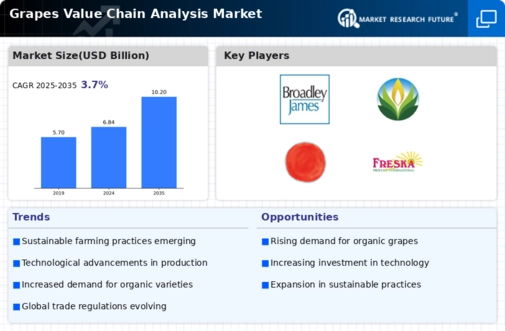
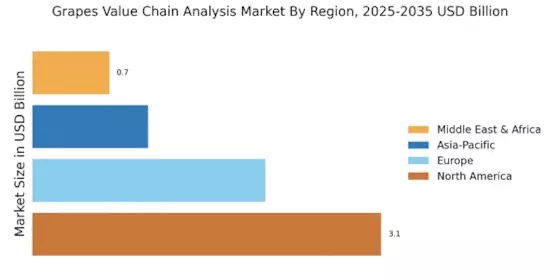


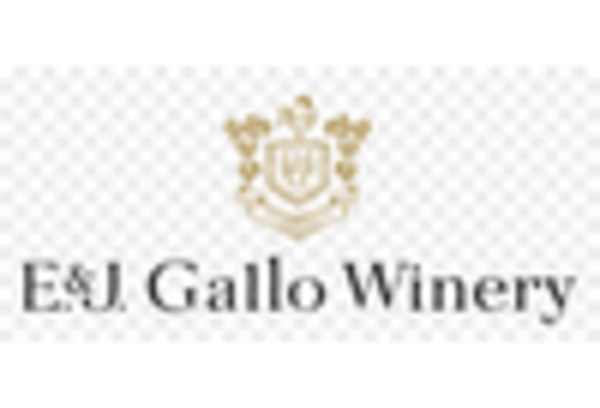
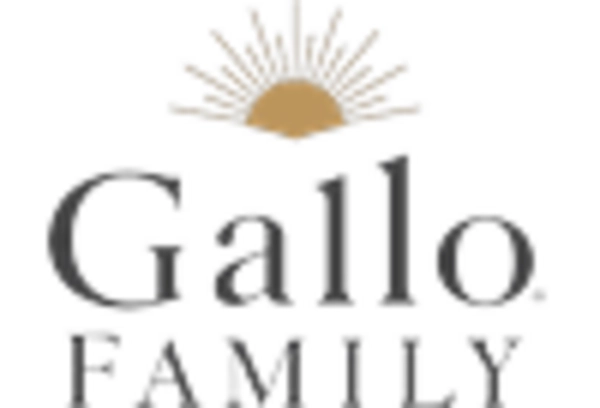
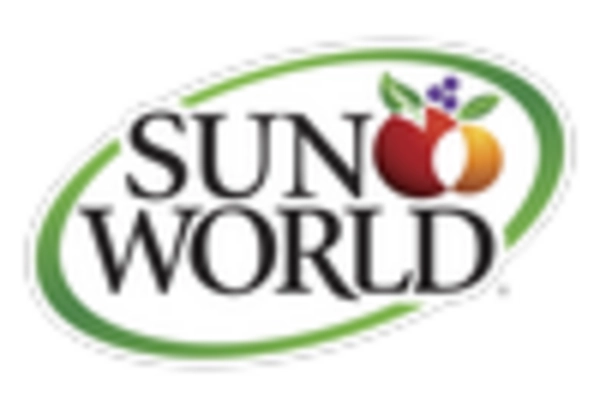









Leave a Comment